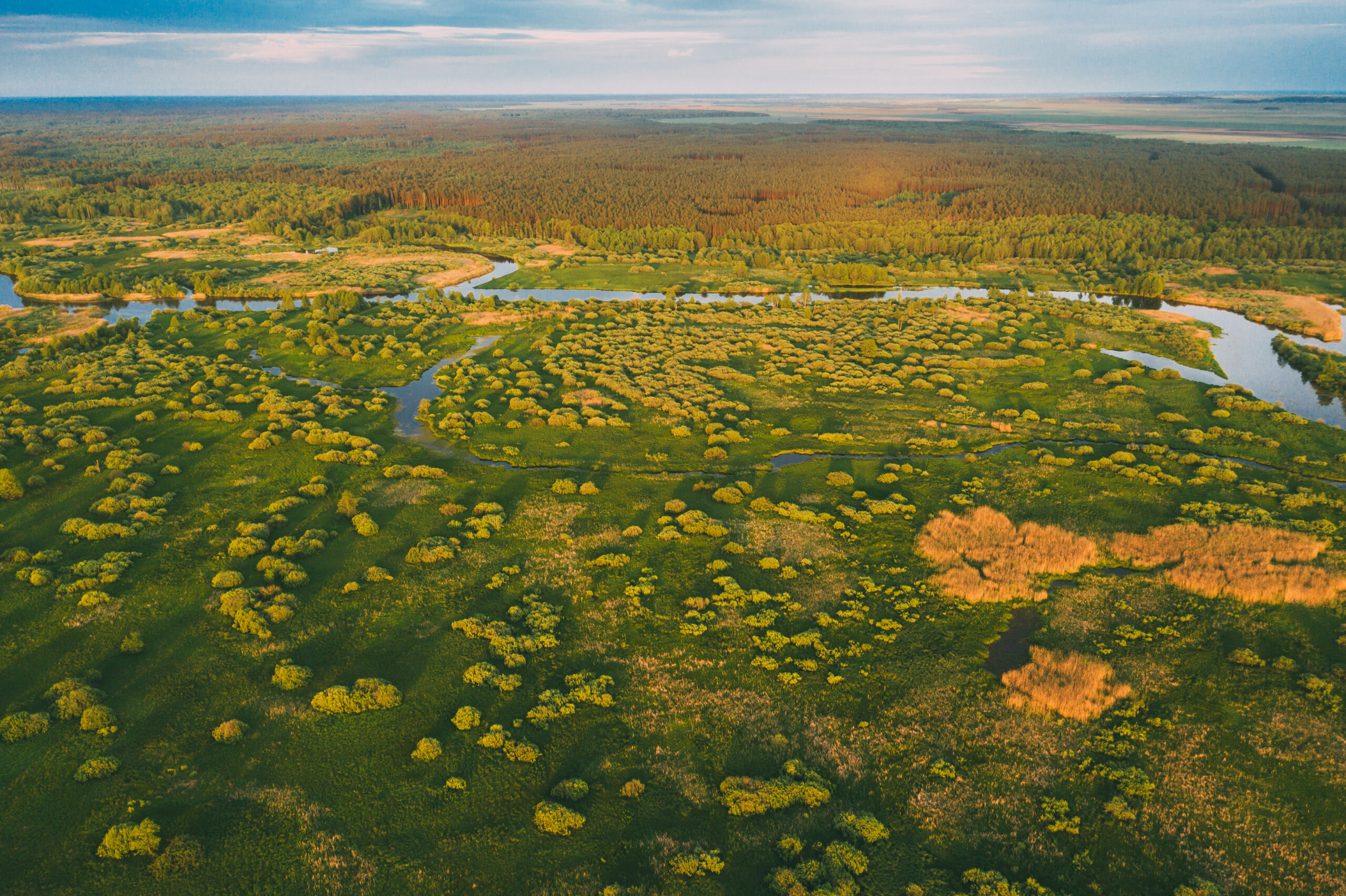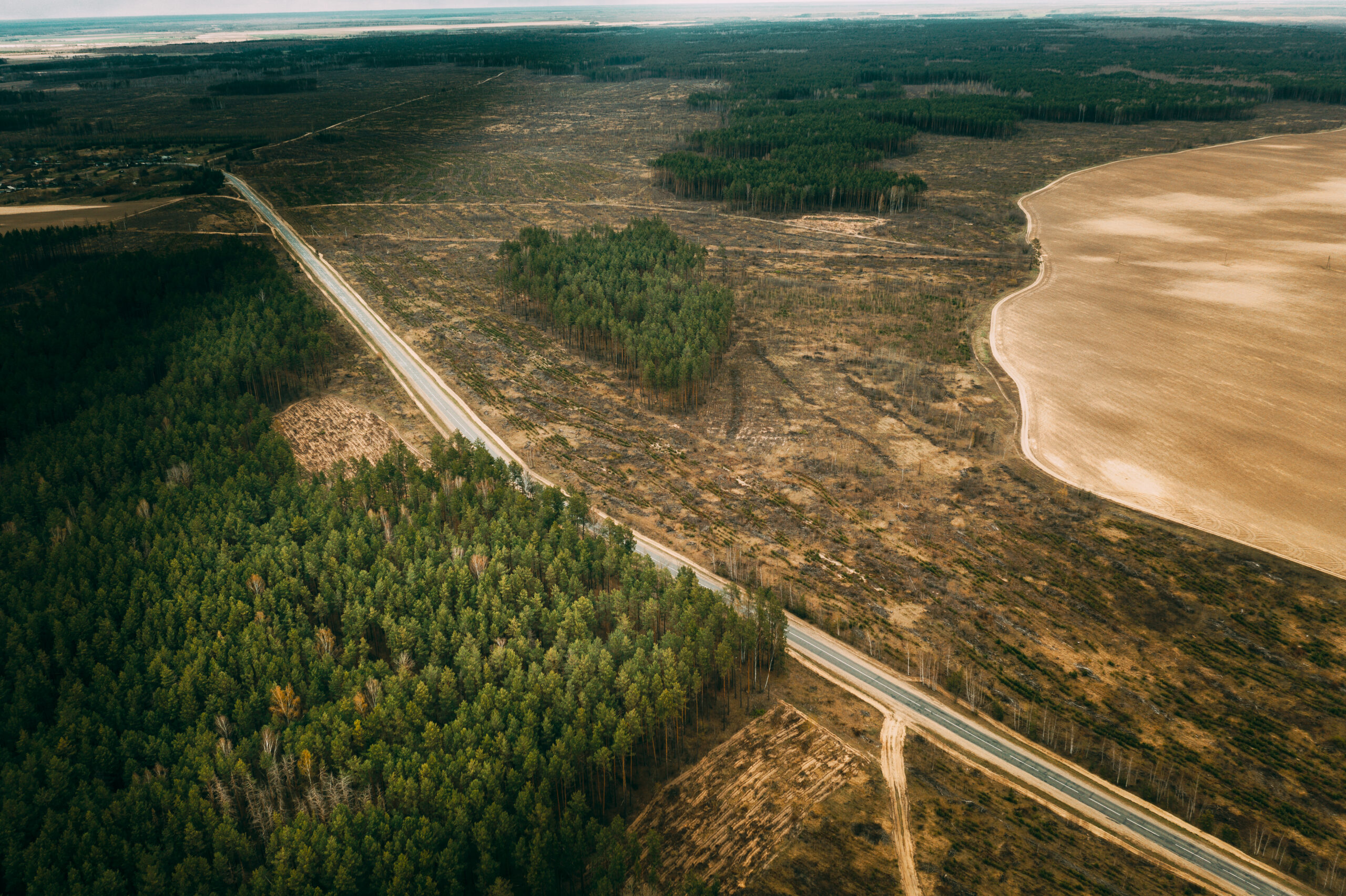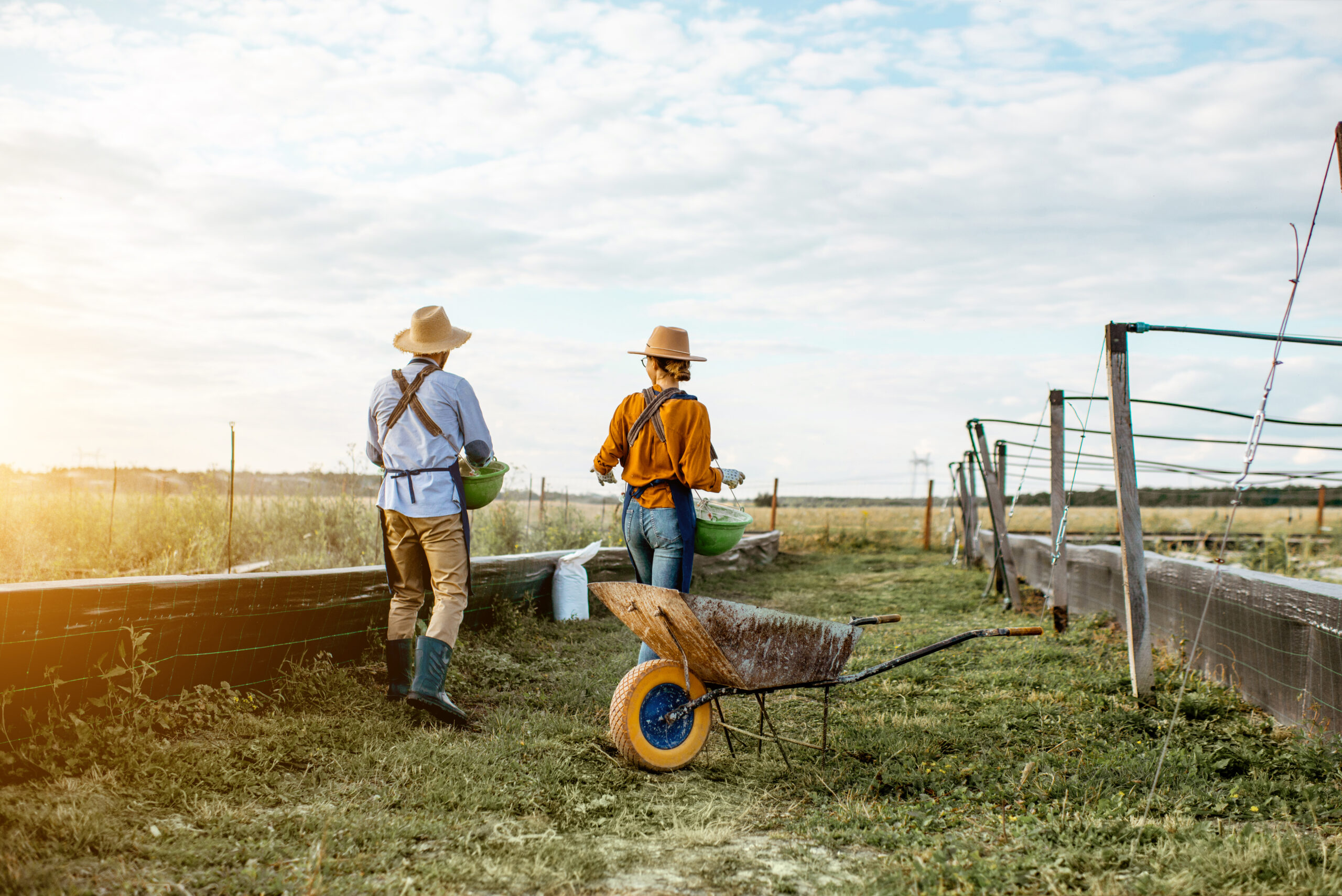The Paraguayan Chaco Forest, one of the largest remaining dry forests in the world, plays a crucial role in maintaining biodiversity and mitigating climate change. This unique biome, which covers parts of Paraguay, Argentina, Bolivia, and Brazil, has been under immense pressure due to deforestation, primarily driven by agriculture, cattle ranching, and fires. The Paraguayan government has made considerable progress in protecting the forest, and continues to tackle the conservation challenges with dedication.
This blog explores the impact of Paraguay’s political stability on forest conservation efforts in the Chaco region, examining the influence of environmental policies, government regulations, and international partnerships in slowing deforestation. It also delves into how national governments from 1999 to 2021 have shaped the Chaco’s forest cover and how the Paraguayan government is addressing deforestation with an evolving approach.
The Chaco Forest: A Vital Resource
The Gran Chaco is the second-largest forest in Latin America after the Amazon, and its importance cannot be overstated. Spanning 1 million square kilometers, this forest is home to a wide array of ecosystems, from savannas and shrublands to grasslands and wetlands. It also hosts a rich diversity of wildlife, including species like jaguars, armadillos, and numerous bird species. Moreover, the Chaco is inhabited by indigenous communities that rely on the forest’s natural resources for their livelihood.
However, deforestation has been a constant threat. Between 2000 and 2019, the Paraguayan Chaco lost more than 20% of its forest cover. This rapid deforestation is largely driven by agricultural expansion, particularly for cattle ranching and soybean cultivation. Paraguay’s western region has become the most affected, with significant portions of the forest being cleared for agriculture.
Political Stability in Paraguay and Its Role in Environmental Policy
Paraguay has experienced adjacent political stability since the end of its dictatorship in 1989, transitioning to a democratic system. This Period has provided opportunities for impactful environmental policies to be implemented. Stable Country often brings the opportunity for governments to implement long-term environmental policies. In Paraguay, balancing economic interests, particularly agriculture and ranching, with long-term conservation efforts has been a focus of ongoing policy refinement.
From 1999 to 2021, Paraguay saw several political shifts, each with varying impacts on forest conservation. While some governments introduced critical environmental policies, Some periods experienced increased deforestation rates due to evolving economic pressures, highlighting areas where stronger environmental enforcement can make a difference.
Government Policies and Chaco Forest Conservation (1999–2021)
To better understand the impacts of political leadership on forest conservation, it’s essential to look at the different national government periods between 1999 and 2021. These periods saw varying levels of forest cover loss due to differences in political will, enforcement of laws, and external pressures.
1999–2003: Slow Deforestation Rates
During this period, Paraguay experienced one of the lowest rates of deforestation in the Chaco region, with forest cover decreasing by only 9.5%. Political leaders showed a commitment to maintaining environmental stability, and the government’s focus on maintaining forest reserves helped slow the deforestation rate.
2008–2012: Peak Deforestation Period
This government period saw the highest deforestation rate, with a loss of 27.5% of the Chaco forest. The demand for agricultural expansion, particularly cattle ranching and soybean cultivation, was at its peak, driven by global market demands. The Opportunities for improving environmental enforcement during this period became evident, leading to ongoing efforts to better protect forest cover.
2012–2021: The “Zero Deforestation Law” and Its Effects
In 2004, Paraguay passed the “Zero Deforestation Law,” which was extended in 2006 and focused on protecting the Upper Paraná Atlantic Forest, a critical ecosystem within the broader Chaco region. This law played a pivotal role in reducing deforestation rates by more than 85%, demonstrating the government’s capacity to enact meaningful environmental policies. While these industries drive economic growth, efforts are continually being made to align agricultural expansion with sustainable land-use practices
Environmental and Agricultural Policies
The interaction between Paraguay’s agricultural policies and environmental regulations has been complex. Paraguay’s economy heavily relies on agriculture, with cattle ranching and soybean farming being the main drivers of economic growth. Unfortunately, these industries have also been the primary contributors to deforestation.
- Forestry Law No. 422/73: This law requires landowners to maintain 25% of their rural lands as forest reserves providing flexibility in land management while encouraging sustainable practices. Efforts are underway to enhance forest conservation by promoting a balance between productive land use and environmental preservation. None of the governments between 1999 and 2021 modified this law, leading to continued deforestation despite efforts to protect the Chaco forest.
- Economic Opportunities: The profitability of agriculture in the Chaco Forest—driven by low land prices, low taxes, and strong demand for soy and beef—has attracted significant investment in the region. With well-planned, comprehensive land-use policies, there is potential to balance this economic growth with sustainable practices, ensuring both environmental protection and continued prosperity for local communities.
International Cooperation and Efforts to Protect the Chaco Forest
In recent years, international organizations have played a significant role in supporting Paraguay’s conservation efforts. Partnerships with groups like the World Wildlife Fund (WWF) and KfW, a German development bank, have been instrumental in conserving the Chaco forest.
- WWF’s Partnership with Paraguay: The WWF has been active in Paraguay for several years, working on projects aimed at reducing deforestation and promoting sustainable land use. One of the key initiatives has been the implementation of the “Tradable Rights Mechanism,” which allows landowners who protect their forests to receive financial benefits, while those who deforest face penalties.
- KfW’s Contribution: In collaboration with WWF Paraguay, KfW has provided financial support to manage six core areas within the Chaco biosphere reserve. This project, which runs from 2022 to 2026, aims to protect the region’s biodiversity, support local communities, and halt deforestation. Modern technologies, such as satellite monitoring, are being used to detect illegal deforestation early and improve forest management practices.
- Modern Solutions for Monitoring Deforestation: The Paraguayan government, with international support, has increasingly relied on satellite imagery and strategic analysis to monitor deforestation. These technologies are vital for detecting illegal activities and preventing further forest loss. Moreover, park rangers are now equipped with smartphone apps to document their conservation efforts in real-time, improving the management of protected areas.
From Deforestation to Preservation: The STTG and Paraguay Government Collaboration
The Gran Chaco Forest, once heavily threatened by deforestation, has witnessed a remarkable shift towards preservation thanks to the collaborative efforts of the Swiss Trust Trading Group (STTG) and the Paraguayan government. In response to rampant forest loss caused by agricultural expansion and logging, STTG launched an ambitious initiative to protect and restore the Chaco Forest. By working closely with the government, STTG’s strategy involved purchasing large areas of forest land, ensuring its long-term protection through sustainable management practices.The Paraguayan government’s commitment to preserving its natural resources, combined with STTG’s innovative approach, has had a profound impact on the region. Through their partnership, forest areas that were once at risk of being cleared have been rehabilitated, contributing to both local biodiversity and global climate stability. By aligning their efforts with government policies and integrating conservation goals into the national agenda, STTG has set a precedent for how public-private partnerships can foster large-scale environmental sustainability.
The Future of the Paraguayan Chaco Forest
The Paraguayan government has made significant strides in conserving the Chaco forest, but the challenges remain substantial. Political stability, though beneficial in fostering long-term environmental policies, must be accompanied by robust enforcement mechanisms, public awareness, and international cooperation. The “Zero Deforestation Law” and similar policies are steps in the right direction, but they need to be expanded and adapted to address the specific needs of the Chaco region.
Paraguay’s future depends on its ability to balance economic growth with environmental conservation. As deforestation continues to threaten the Chaco Forest’s biodiversity, local communities, and indigenous populations, it is imperative that the government strengthens its commitment to conservation. By doing so, Paraguay can not only protect one of the most important ecosystems in South America but also ensure sustainable development for future generations.
In conclusion, while Paraguay has demonstrated political will to conserve the Chaco Forest, more comprehensive and stringent policies are on the horizon to address the root causes of deforestation. International partnerships, technological advancements, and community involvement will be key to ensuring the preservation of this vital natural resource.





